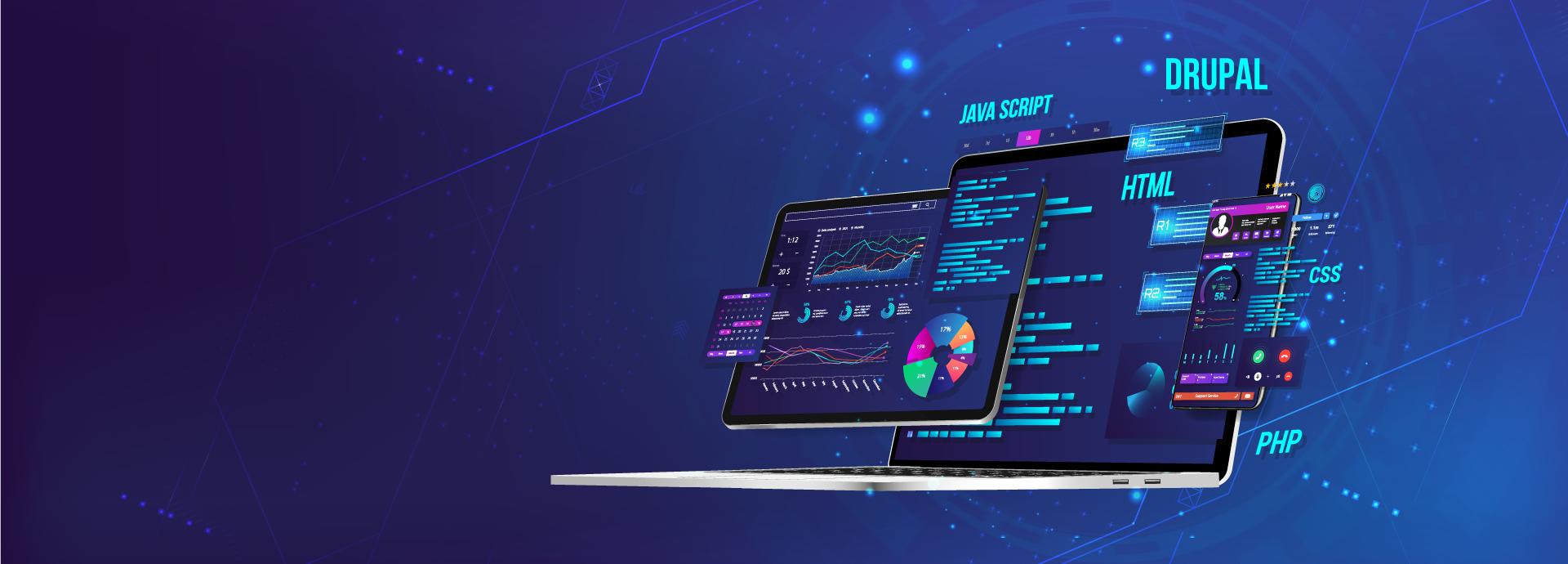In any organization, understanding the varying levels of employee engagement and competence can significantly influence management strategies and the overall workplace atmosphere. This blog post delves into the five distinct levels of an employee’s progression within a company, shedding light on how each stage impacts their performance, career trajectory, and the organization's health.
Level 1: The Struggler
Employees at Level 1 struggle to complete their assigned tasks. Often, these individuals might be new to their roles or lack the necessary skills or motivation. Their inability to meet job requirements poses a risk not only to their career but also to organizational efficiency. Management can play a crucial role by identifying these struggles early and providing necessary training or mentorship to help them improve.
Level 2: The Taskmaster
Level 2 employees perform exactly what is assigned to them, but no more. They are reliable in stable environments but may falter when change occurs. These individuals prefer routine and may require encouragement to take initiative beyond their comfort zones. For managers, the challenge lies in motivating these employees to embrace change and think outside the box.
Level 3: The Proactive Performer
At Level 3, employees not only excel in their tasks but also understand the broader impacts of their work. They are proactive, seek continuous improvement, and are less affected by changing circumstances. These employees are valuable assets in any organization, capable of adapting and thriving independently. Encouraging a culture that rewards such initiative can help nurture more Level 3 performers.
Level 4: The Inspirational Self-Starter
Employees at this level not only recognize the needs of their roles but also manage themselves effectively and inspire others. They are often seen as role models within the team. Their self-direction and high motivation make them candidates for leadership roles. Organizations benefit significantly by identifying and promoting these individuals to positions where they can influence others and drive positive changes.
Level 5: The Visionary Leader
The pinnacle of employee development, Level 5, consists of individuals who not only know what needs to be done but actively guide and develop others. They achieve organizational goals and have the capability to lead transformations or even start their own ventures. These leaders are strategic thinkers whose actions are aligned not just with personal goals but with the growth of the entire organization.
Understanding these five levels of employee development can help managers tailor their approaches to personnel management, fostering a more dynamic and responsive workforce. By recognizing where each employee stands and guiding them to the next level, organizations can build a more engaged, productive, and innovative team.

